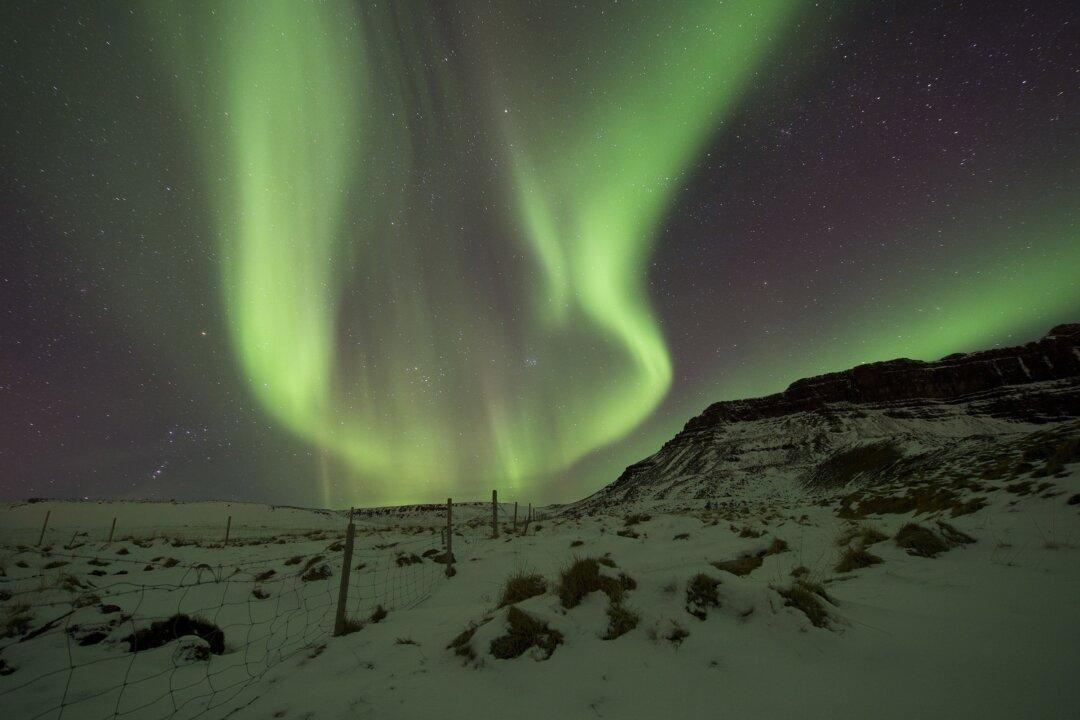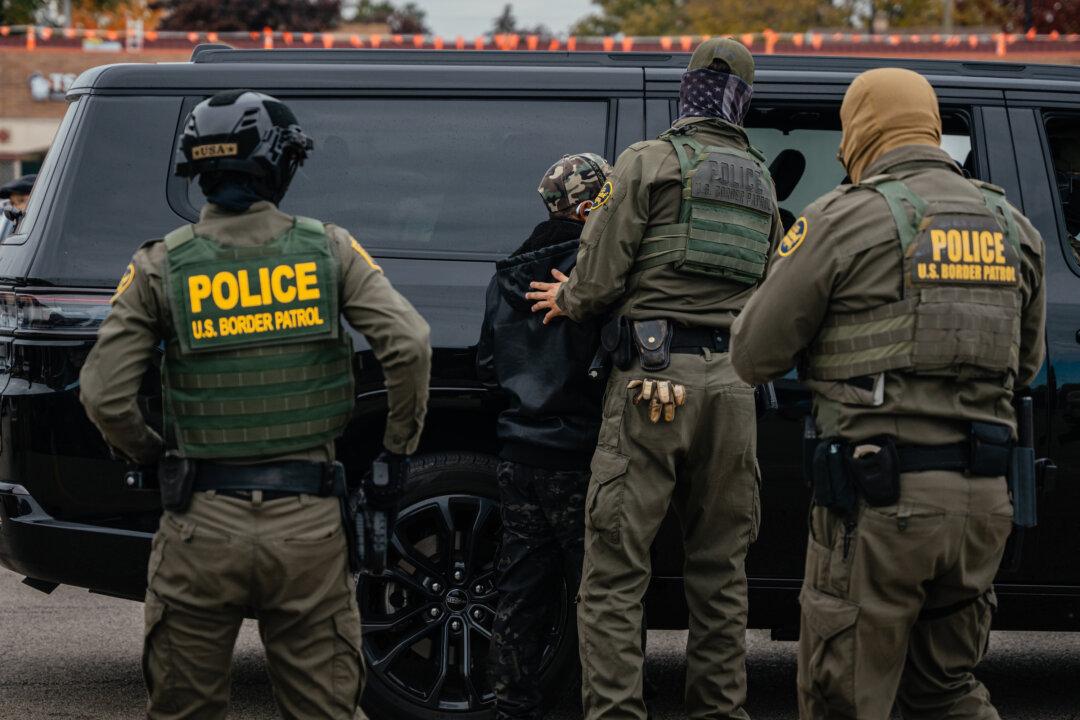A geomagnetic storm alert has been issued for Sept. 27 and Sept. 28, according to forecasters.
On the National Oceanic and Atmospheric Administration’s (NOAA) Space Weather Prediction Center website, geomagnetic storm watches were issued for Sept. 27 and Sept. 28.





